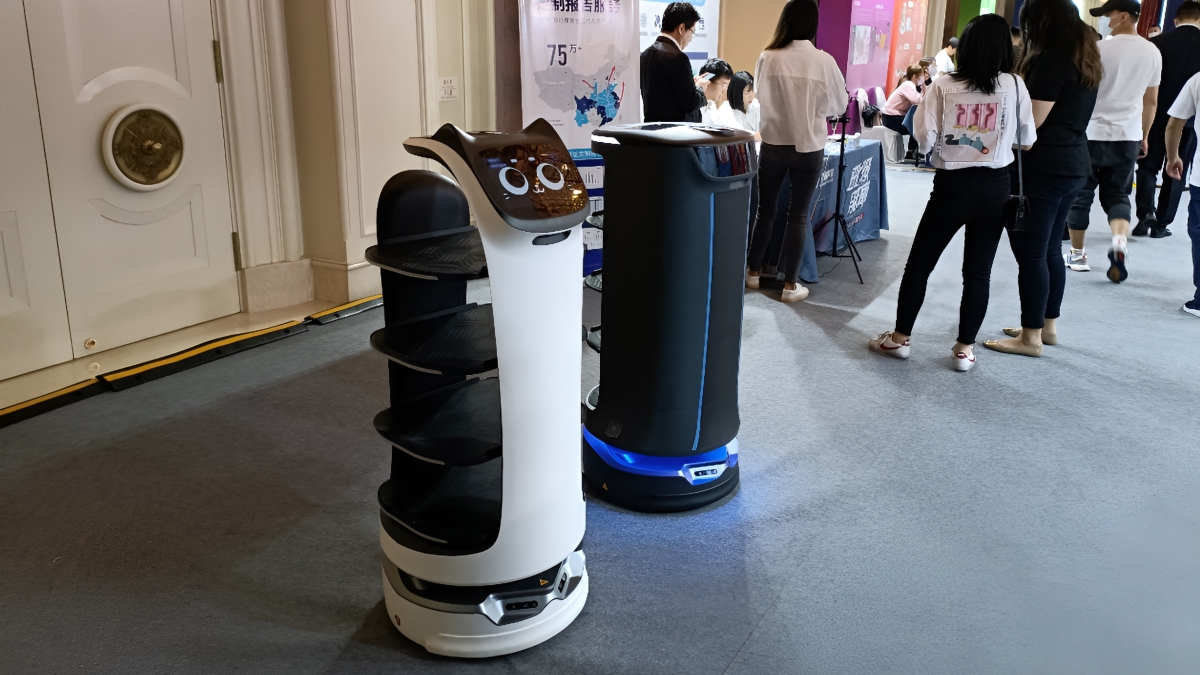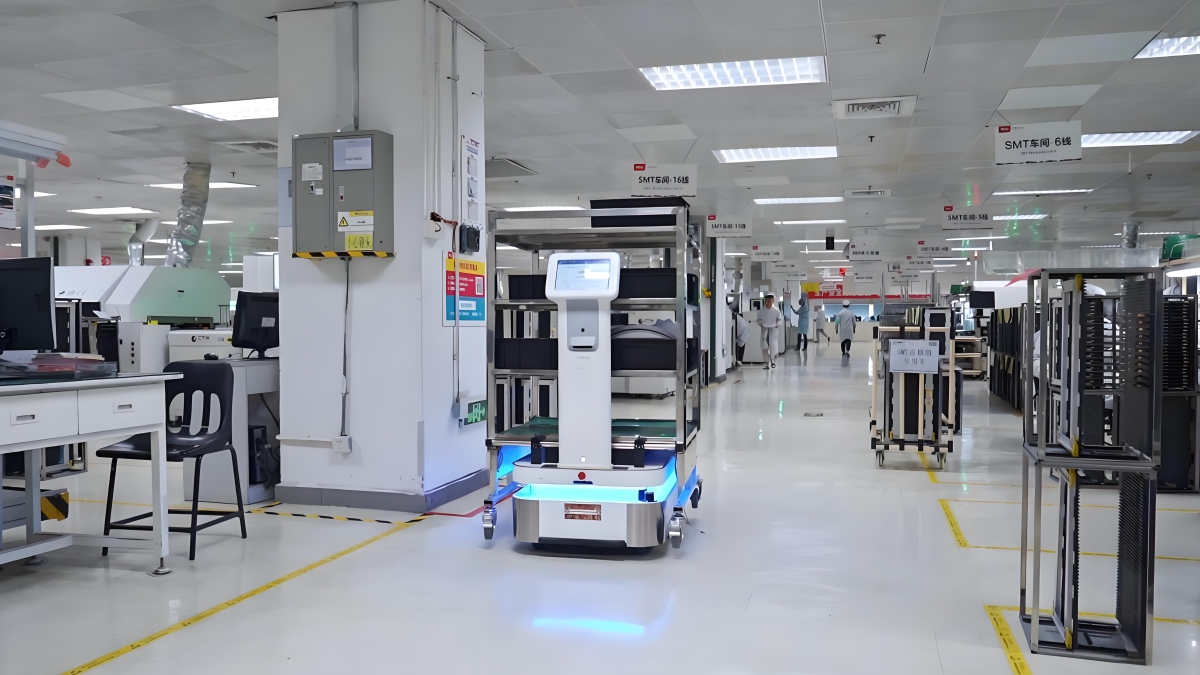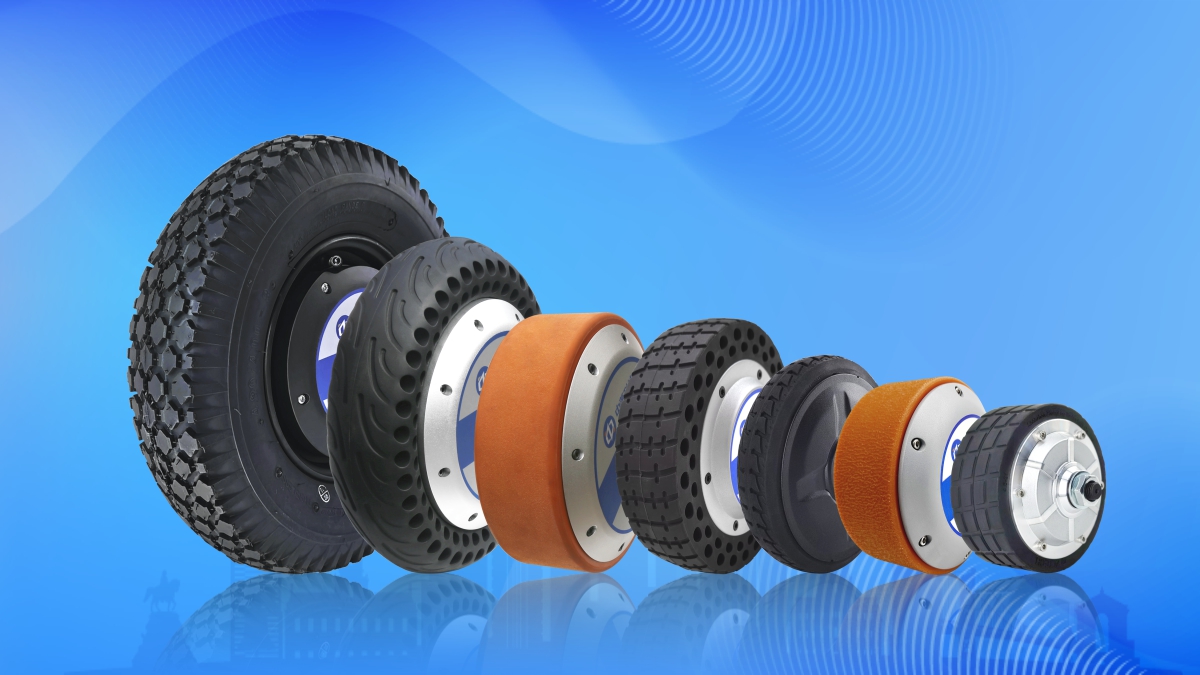When it comes to robots, do you still recall these memories: a heavy sweeping robot that got stuck under a sofa and couldn’t be moved? A factory transport robot that dawdled around corners, nearly crashing into a shelf? A food delivery robot that stumbled for a long time on a carpet before moving forward? These awkward moments stem from the inherent shortcomings of traditional powertrains. The emergence of robotic in-wheel motors, however, is revolutionizing robotics with their lightweight design and ultra-fast response.
The powertrain of a traditional robot is like a complex chain of parts: motors, reducers, gears, drive shafts… These components not only fill the robot’s internal space but also make it bulky and heavy. A test conducted by one brand revealed that transmission components account for 40% of a traditional cleaning robot, and the robot’s body is over 15 cm thick, making it impossible to fit under 8 cm high furniture. However, a hub motor directly integrates the motor with the hub, eliminating 90% of the intermediate transmission components. This design reduces the thickness of a similar cleaning robot to 9 cm, allowing it to easily fit under sofas and beds. Industrial handling robots also gain 30% more internal space, accommodating larger batteries and extending their battery life by 5 hours. The shackles of “bulkiness” have been broken.
If “heaviness” is a spatial constraint, then “lag” is a time constraint. In traditional power systems, control signals must be transmitted through multiple layers of transmission: “motor → reducer → drive shaft,” like a game of “phone,” resulting in invariable delays. For example, when a robot needs to make an emergency stop to avoid an obstacle, the response time of a traditional system is typically around 0.8 seconds. This brief moment could cause a cleaning robot to collide with a table leg or an industrial robot to stray from its workstation. In-wheel motors achieve “direct drive,” transmitting control signals directly to the motor without requiring a detour, reducing response speed to under 0.1 seconds. In restaurant scenarios, food delivery robots equipped with in-wheel motors can instantly avoid a child who suddenly runs by; in factories, handling robots can stop precisely in front of shelves with millimeter-level accuracy, eliminating the “lag” problem.
Crucially, the friction between transmission components in traditional powertrains wastes significant energy – 25% of every kilowatt-hour of electricity consumed is lost in friction. In-wheel motors, however, have no redundant transmission components, keeping energy loss to under 5%. A logistics park retrofitted a traditional transport robot with in-wheel motors, increasing its single-charge capability from 8 trips to 12 with the same battery capacity. This saves 30 kilowatt-hours of electricity daily and reduces operating costs by 20%.
From “component piling” to “integrated innovation,” from “delayed response” to “instant drive,” the revolution in in-wheel motors represents more than just an upgrade in technical specifications; it also reshapes the “motion logic” of robots. Only when robots are freed from the constraints of “cumbersomeness” and “stuttering” can they truly “flexibly” navigate homes, factories, shopping malls, and other environments, becoming intelligent partners that better understand user needs.
Shenzhen Zhongling Technology has developed dozens of market-proven in-wheel motor products, which have been used in various robotics fields around the world. They also provide customers with the highest quality service and experience, and are continuously expanding their scope and market in the in-wheel motor industry. For more information, please visit the official website: https://www.robotmotor.com/
Post time: Sep-23-2025



